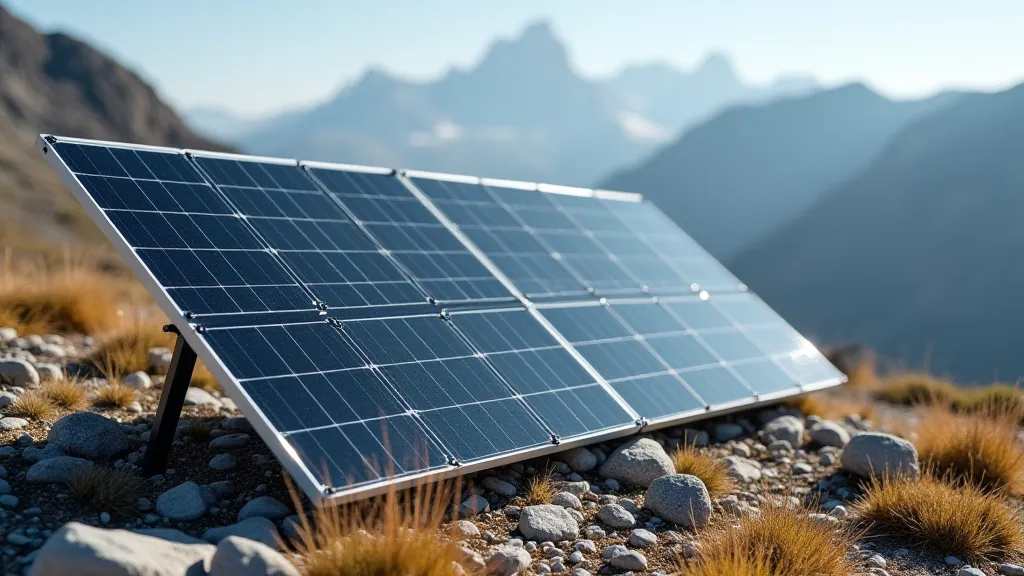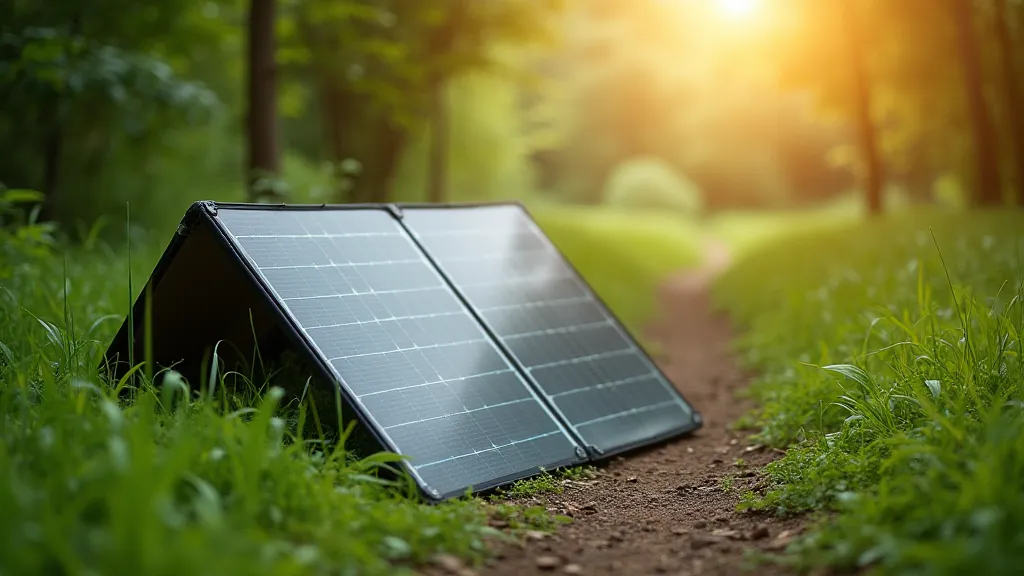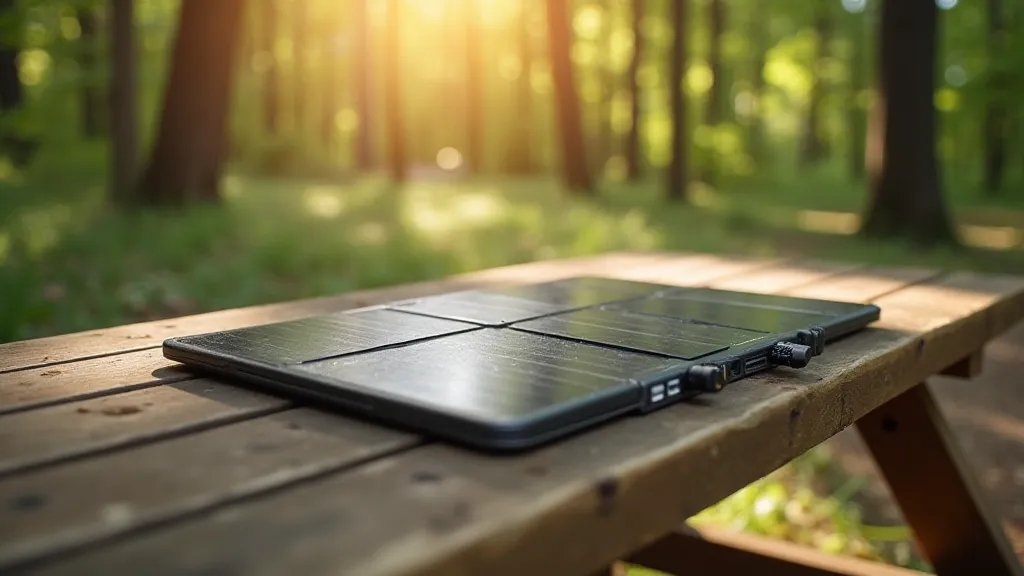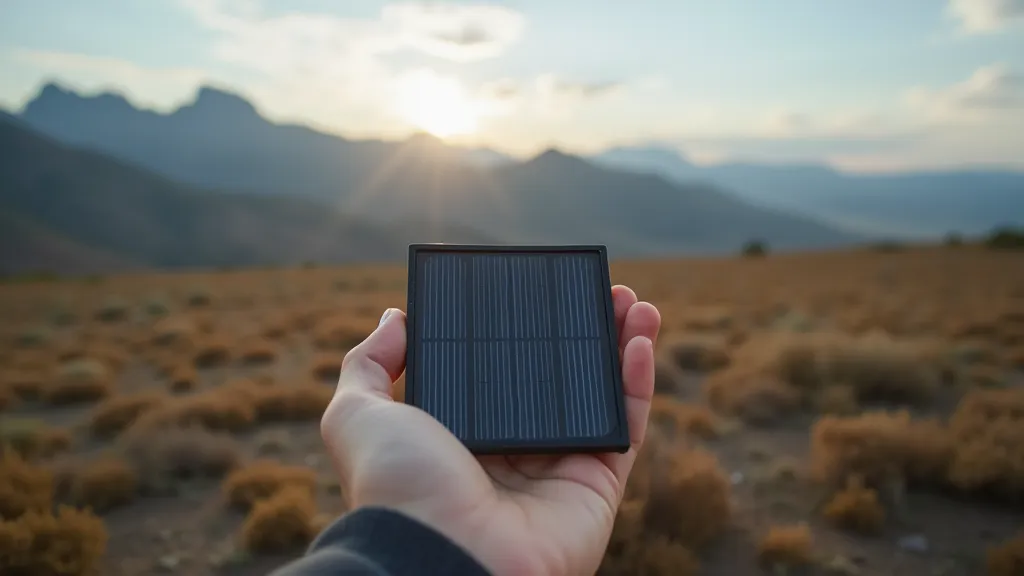Keeping your devices powered on the trail is essential for navigation, communication, and capturing those stunning nature photos. But traditional power banks eventually run out of juice. That’s where solar chargers come in. This article reviews and compares the best solar chargers for hiking and backpacking, ensuring you stay connected, no matter how remote your adventure. Proper preparation is key to a successful hike, and that includes reliable power solutions. Thinking about exploring new trails? You might find inspiration for your next adventure on trails like those in Arizona – check out Arizona's incredible hiking trails to get started!
Solar chargers offer a sustainable and reliable power source for hikers and backpackers. They eliminate the need for wall outlets, making them perfect for extended trips in remote areas. Even a few hours of sunlight can provide a significant charge to your devices. Finding a balance between lightweight gear and reliable power can be tricky, especially when planning longer expeditions. The challenge of finding those perfect, isolated spots sometimes feels like navigating an uncharted path – much like the pursuit of creative inspiration, as discussed in The Obsidian Compass: Navigating the Uncharted Terrain of Creative Inspiration.




![Top 5 Day Hikes Near [Major City – e.g., Denver]](/thumbs/day-hikes-near-denver.webp)




